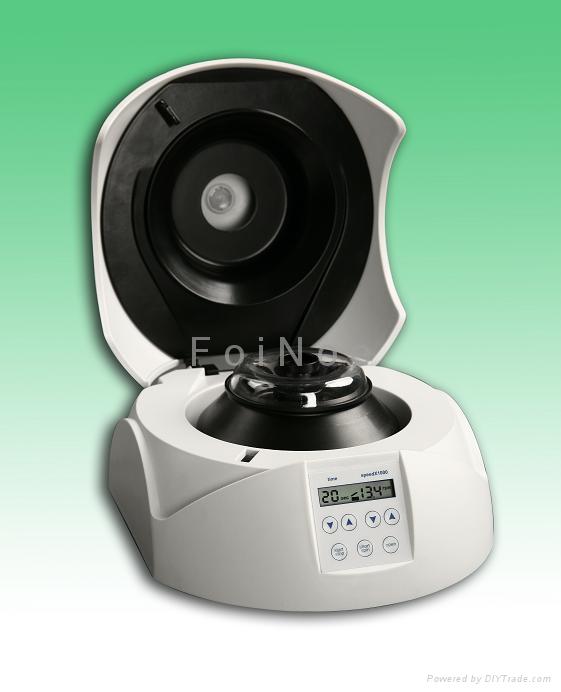FYI: The more similar the properties are, the more difficult it is to seperate them
The basic techniques are:
-Filtration
-Flotation
-Crystallization
-Chromotography
-Distillation
Hand seperation is useful for mechincal or heterogeneous mixtures. You can boil away the liquid and the solid will remain. (Like boiling away water in a pot of pasta)
Filtration is useful for solids that haven't been dissolved and liquids. It passes a mixture that contains solid particles through a porous filter. (this can sometimes we done for drinking water) You can also use filter paper - residue left in the filter paper and the filtrate goes through the filler paper
Crystallization solids are seperated by filtration or flotation and the solid comes out as pure crystals. Crystals are then filtered from the remaining solvent.

Crystallized Snow
Gravity Seperation is for solids based on density. A centrifuge (device) whirls a test tube around at high speed forcing denser materials for to the bottom. But this works best for small volumes only.

A centrifuge can be used at university
video on centrifuges (Super cool experiment)
Solvent extraction is when a component moves into a solvent shaken with the mixture. It works best with solvents that dissolve only one component. For mechanical mixtures (solid and solid - like nickels and dimes) you can use liquid to dissolve one solid but not the other. That way, the solid you want is left behind or has dissolved.
Distillation is used for liquid in a liquid solution. Most bottled water you find will have been distilled to seperate any sort of dirt or bacteria from the water. You can heat the mixture to cause the low-boiling components to vapourize, and that way the volatilized components have been collected and condensed.

Evian (being modeled by a mermaid?) distills their water
Chromotography can seperate more complex mixtures like drugs and plastic and the analyses can be highly accurate. It is when a mobile phase sweeps the sample over a stationary phase to seperate the two. An example would be when the wind sweeps your wig to reveal that you are bald! (Like in the trident commercial) There are two types of chromotography, sheet chromotography and thin layer chromotography.
No comments:
Post a Comment